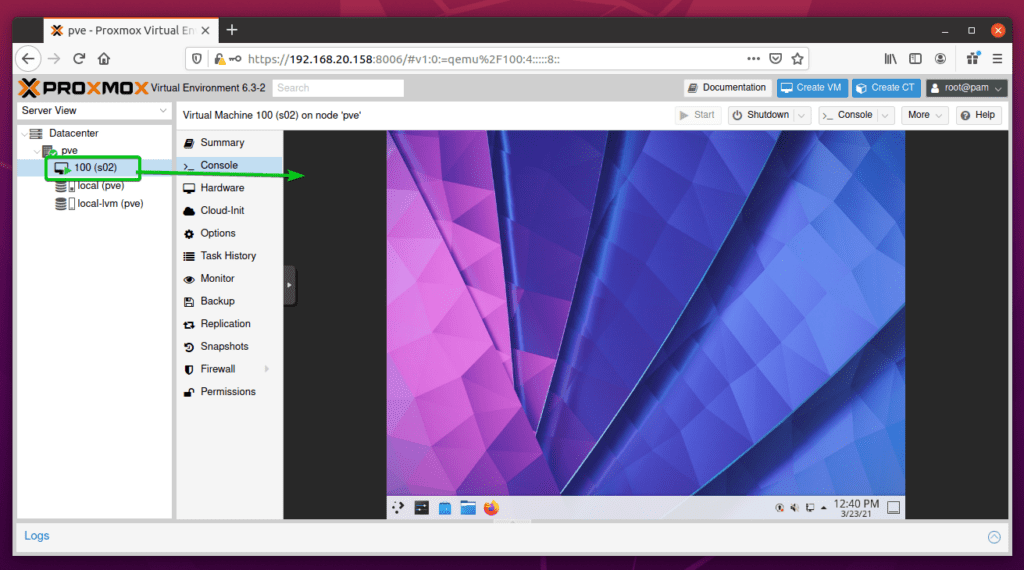

The only difference is that you need to use the -r flag for recursive. If you want to save the file under a different name, you need to specify the new file name: scp file.txt SSH on the remote host is listening on a port other than the default 22 then you can specify the port using the -P argument: scp -P 2322 file.txt command to copy a directory is much like as when copying files. Omitting the filename from the destination location copies the file with the original name. You will be prompted to enter the user password, and the transfer process will start. If you don’t specify a remote directory, the file will be copied to the remote user home directory. The /remote/directory is the path to the directory you want to copy the file to. To copy a file from a local to a remote system run the following command: scp file.txt file.txt is the name of the file we want to copy, remote_username is the user on the remote server, 10.10.0.2 is the server IP address. Copy Files and Directories Between Two Systems with scp # Copy a Local File to a Remote System with the scp Command # When transferring large files, it is recommended to run the scp command inside a screen To be able to copy files, you must have at least read permissions on the source file and write permission on the target system.īe careful when copying files that share the same name and location on both systems, scp will overwrite files without warning. The colon ( :) is how scp distinguish between local and remote locations.


Linux console virustotal uploader password#
The scp command relies on ssh for data transfer, so it requires an ssh key or password to authenticate on the remote systems. -r - This option tells scp to copy directories recursively.-C - This option forces scp to compresses the data as it is sent to the destination machine.-q - Use this option if you want to suppress the progress meter and non-error messages.-p - Preserves files modification and access times.-P - Specifies the remote host ssh port.Scp provides a number of options that control every aspect of its behavior. Local files should be specified using an absolute or relative path, while remote file names should include a user and host specification. Such as cipher, ssh configuration, ssh port, limit, recursive copy …etc.


 0 kommentar(er)
0 kommentar(er)
